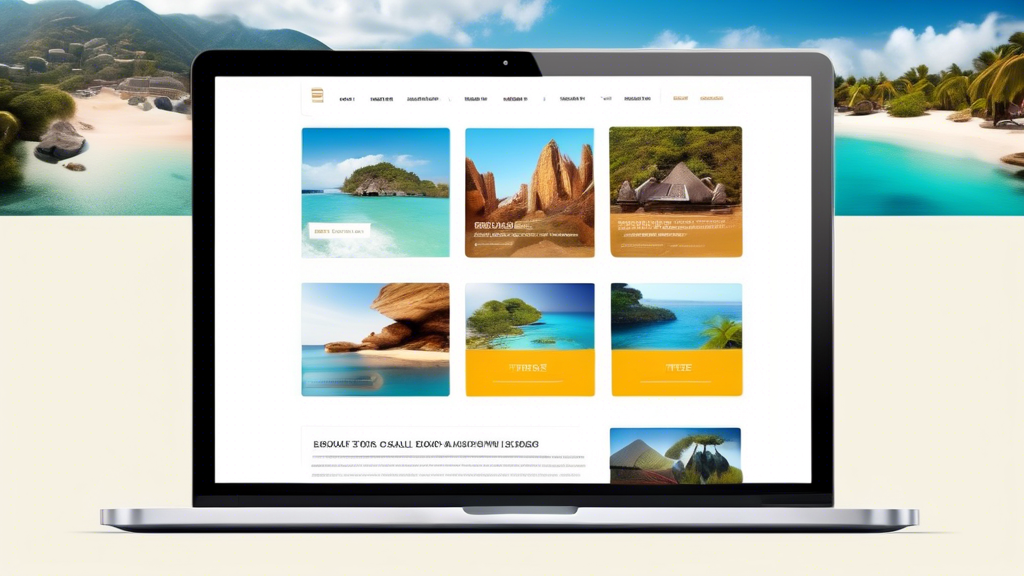Introduction
Traveling and exploring new destinations are experiences that many people cherish. In today’s digital age, the first step for most travelers is to search online for information. As such, designing websites for travel and tourism plays a crucial role in attracting visitors and providing them with valuable information. This article serves as a comprehensive how-to guide for creating effective and engaging travel websites.
Understanding the Audience
Before delving into the design process, it is essential to understand the target audience for the travel website. Consider factors such as demographics, preferences, and travel behavior. By gaining insights into the audience, designers can tailor the website’s content and features to meet their specific needs and interests. Remember, the goal is to create a user-friendly experience that inspires travel enthusiasts to explore new destinations.
Design Elements for Travel Websites
When it comes to designing websites for travel and tourism, certain key elements can significantly enhance the user experience. These include:
1. Stunning Visuals
High-quality images and videos are paramount for captivating visitors and showcasing the beauty of different locations. Visual content should be used strategically throughout the website to inspire wanderlust and create an emotional connection with the destination.
2. Clear Navigation
Ensure that the website’s navigation is intuitive and user-friendly. Visitors should be able to easily find information about destinations, activities, accommodations, and booking options. Clear menu structures and search functionalities can help streamline the user journey.
3. Compelling Content
Engaging and informative content is key to keeping visitors interested and informed. Include destination guides, travel tips, local insights, and personal experiences to add value to the website. Well-written copy can evoke curiosity and encourage exploration.
4. Responsive Design
With the increasing use of mobile devices for travel research, it is essential to ensure that the website is optimized for different screen sizes. A responsive design adapts seamlessly to various devices, providing a consistent experience across platforms.
SEO Optimization for Travel Websites
Search engine optimization (SEO) plays a critical role in driving organic traffic to travel websites. By incorporating relevant keywords, meta tags, and alt texts, designers can improve the website’s visibility on search engine results pages. Additionally, creating fresh, engaging content and obtaining backlinks from reputable sources can further enhance the website’s SEO performance.
Integrating Booking and Reservation Systems
For travel websites offering accommodations, tours, or other services, integrating booking and reservation systems is essential. Designers can implement user-friendly booking interfaces that make the reservation process seamless for visitors. Features such as real-time availability, secure payment options, and confirmation emails enhance the user experience and streamline bookings.
The Importance of User Reviews and Testimonials
User reviews and testimonials provide social proof and help build credibility for travel websites. By incorporating customer feedback and ratings, designers can instill trust in potential travelers and influence their booking decisions. Encourage satisfied customers to leave reviews and showcase them prominently on the website to enhance its reputation.
Conclusion
Designing websites for travel and tourism requires a thoughtful approach that prioritizes user experience, visual appeal, and informative content. By understanding the audience, incorporating key design elements, optimizing for SEO, and integrating booking systems and user reviews, designers can create compelling websites that inspire wanderlust and facilitate travel planning.
Call to Action
Ready to create a stunning website for your travel business? Visit https://starmetaversegeorgia.com for all your web development needs. Let’s embark on a digital journey together!

Comments are closed